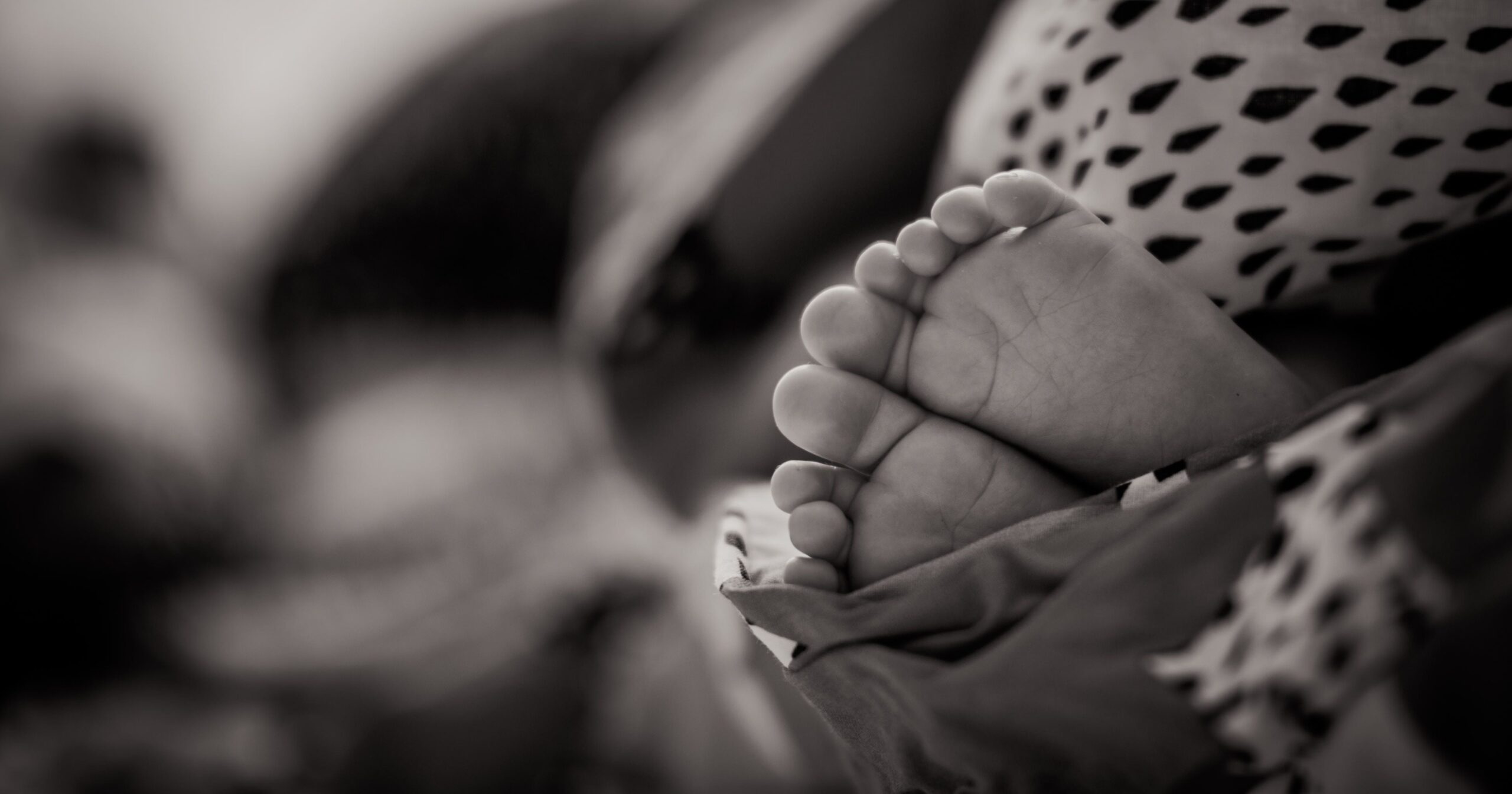By: Lourdes Celius
“Can you please tell me the ABCD’s of safe infant sleep?” I asked a Baltimore mother one September afternoon. On this particular day, I was promoting free doula services to mothers and families at the Baby Buggy Walk-a-thon. I and over a hundred local families raised awareness for infant mortality.
“No, I don’t know,” she responded.
I informed her that the Baltimore City Health Department recommends that infants sleep:
- (A)lone;
- On their (B)ack;
- In a (C)rib; and
- (D)on’t smoke near them.
Sudden infant death syndrome (SIDS) and sleep-related sudden unexpected infant death (SUID) are the leading causes of infant mortality in the United States. It should come as no surprise that SUID statistics reveal racial and ethnic disparities. Infant mortality rates are highest among African Americans. Black families nationwide are disadvantaged due to health care disparities, poorer housing options, institutionalized racism, and the undeniable psychosocial stress that black mothers and infants face. In 2016, an African American infant was twice as likely to die before his or her first birthday compared to a Caucasian infant. In fact, American Indian, Native Hawaiian/Pacific Islander and Hispanic babies are also at an increased risk compared to their white counterparts.
The research implies that minority families are facing systemic racial inequality in the health care setting. What can we do as clinicians to save infant lives? It starts with education. Nurses, providers, even health educators at community events (like a walk-a-thon) can help to educate families at a community level.
What do we know about the safe sleep practices? We’ve already addressed the ABCD’s of safe infant sleep, but the American Academy of Pediatrics also recommends:
- Babies sleep on a firm surface with a tight-fitting sheet
- The crib should be bare, free of bumpers, blankets, pillow or soft toys
- Room-sharing (but not co-sleeping)
- Not using home monitors or commercial devices marketed to reduce SIDS
- Daily supervised, awake tummy time
Sometimes parents are aware of safe infant sleep practices, but their health literacy does not guarantee adherence for a variety of reasons. One main non-adherence issue is that many parents have different ideas of what a “firm” sleep surface is and how that affects their child’s sleep. Researchers found that some parents who’ve received safe sleep education described firm as “cheap” and others would describe it as “comfortable.” One believed that a firm surface meant pulling a long sheet tautly over pillows and blankets. We as health care providers and educators need to make sure we’re addressing these critical gaps in families’ education.
Parents also receive conflicting messages from advertisers who claim their crib bumper pads and baby blanket sets reduce the likelihood of SUID when they actually do not support safe infant sleep recommendations. Additionally, when parents do follow the American Academy of Pediatrics’ safe sleep recommendations, statistics show that grandparents may not follow suit. In one study, less than 50% of grandmothers place infants on their backs to sleep. Many grandparents have misconceptions that lying a baby flat on their back increases the risk of choking. Again, these findings stress the importance of proper education to expel those myths.
Although infant mortality rates remain high among minority populations, SIDS and SUID are preventable! I challenge clinicians to address barriers to safe sleep with both patients and colleagues. Nurses can initiate conversations about proper infant sleep before the child’s birth and reinforce it throughout postpartum care. The teachback method for newborn education will benefit vulnerable populations and it can be as simple as asking parents about the ABCD’s of infant sleep. Fathers and extended family members should also be included in educational interventions to ensure that everyone caring for the infant is practicing safe sleep. Family health education is vital for infant health and development.
This blog is a part of the “Dialogues in Health Equity” series by the Health Equity Faculty Interest Group. They are committed to decreasing health disparities experienced by local and global communities by promoting social justice and health equity through nursing practice, research, education, and service.
Dialogues in Health Equity
ABOUT THE AUTHOR:

Lourdes Celius is currently an MSN (Entry into Nursing) student with an interest in women’s health, reproductive health, and community health and wellness. She is a Birth Companion, student leader of the Midwifery and Women’s Health Group and a research assistant on the Healthy Relationships Team led by Dr. Kamila Alexander. She intends to further her education by pursuing a DNP Family Primary Care NP.
